I was recently researching the women of ancient India when I came across a startling piece of information. Seventeen of the seers to whom the hymns of the Rig Veda were revealed were women � rishikas and brahmavadinis. They were Romasa, Lopamudra, Apata, Kadru, Vishvavara, Ghosha, Juhu, Vagambhrini, Paulomi, Jarita, Shraddha-Kamayani, Urvashi, Sharnga, Yami, Indrani, Savitri and Devayani. The Sama Veda mentions another four: Nodha (or Purvarchchika), Akrishtabhasha, Shikatanivavari (or Utararchchika) and Ganpayana. This intrigued me so much that I had to learn more about them, but I drew a blank. Who were these wonderful women who were on par with their men and produced the greatest and longest living literature of the world?
In the Vedic period, female brahmavadinis (students) went through the same rigorous discipline as their male counterparts, the brahmacharis. The Brihadaranyaka Upanishad describes a ritual to ensure the birth of a daughter who would become a pandita (scholar). The Vedas say that an educated girl should be married to an equally educated man. Girls underwent the upanayana or thread ceremony, Vedic study and savitri vachana (higher studies). Panini says that women studied the Vedas equally with men. According to the Shrauta and Grihya Sutras, the wife repeated the Vedic mantras equally with their husbands at religious ceremonies. The Purva Mimamsa gave women equal rights with men to perform religious ceremonies. Vedic society was generally monogamous, and women had an equal place.
There are several instances of individual women who sought to educate themselves. Pathyasvasti went North to study and obtain titles. The well-known lady philosopher, brahmavadini Gargi Vachaknavi, was an invitee to the world’s first conference on philosophy, convened by King Janaka of Videha, and challenged Yajnavalkya to a public debate. Her acknowledgement of defeat and praise of Yajnavalkya induced the king to gift him 1,000 cows and 10,000 gold pieces, which Yajnavalkya rejected and retired to the forest, followed by his wife Maitreyi, an equally educated and spirited woman.
There were shaktikis or female spear bearers according to Patanjali’s Mahabhashya, and women soldiers armed with bows and arrows in the Mauryan army, according to Kautilya’s Arthashastra. The Greek Ambassador Megasthenes mentions Chandragupta Maurya’s armed female bodyguard. Thus education was not the only vocation for women.

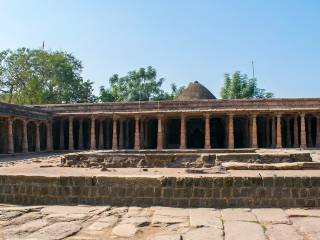 Madhya Pradesh: ASI survey of Bhojshala complex in Dhar to start on March 22
Madhya Pradesh: ASI survey of Bhojshala complex in Dhar to start on March 22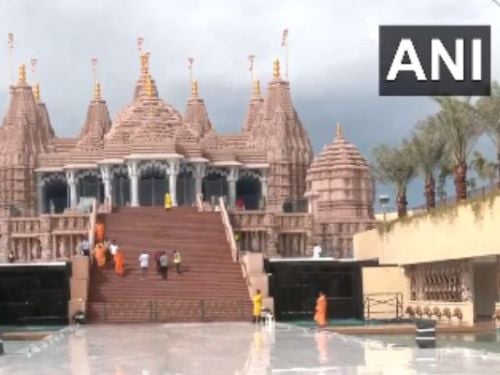 PM Modi to inaugurate the first traditional Hindu Mandir in Abu Dhabi
PM Modi to inaugurate the first traditional Hindu Mandir in Abu Dhabi Tirupati Devasthanams to establish platform for non-Hindus to adopt Sanatan Dharma
Tirupati Devasthanams to establish platform for non-Hindus to adopt Sanatan Dharma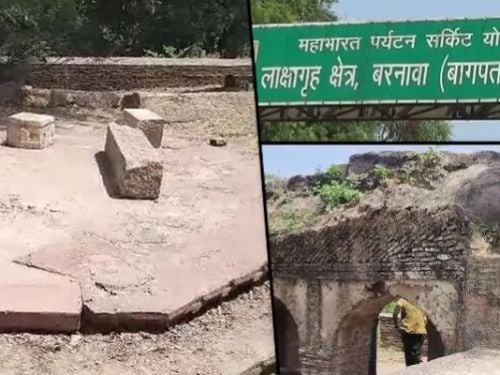 Baghpat court gives ownership rights of Mahabharata era Lakshagriha to Hindu side
Baghpat court gives ownership rights of Mahabharata era Lakshagriha to Hindu side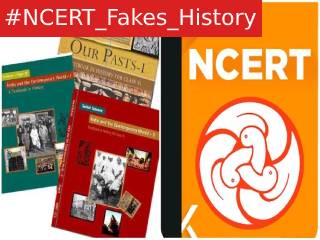 Misleading claims about Brahmins removed in rationalised NCERT textbooks
Misleading claims about Brahmins removed in rationalised NCERT textbooks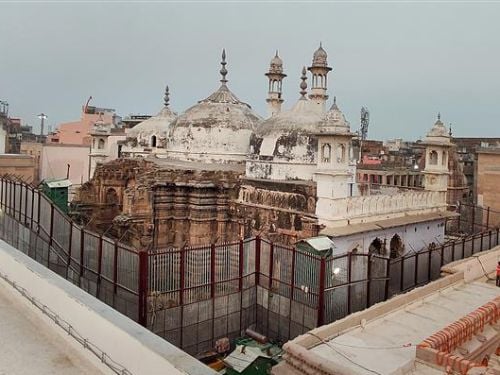 Big victory to Hindus as court allows puja in Vyas Ji Ka Tehkhana at Gyanvapi complex
Big victory to Hindus as court allows puja in Vyas Ji Ka Tehkhana at Gyanvapi complex